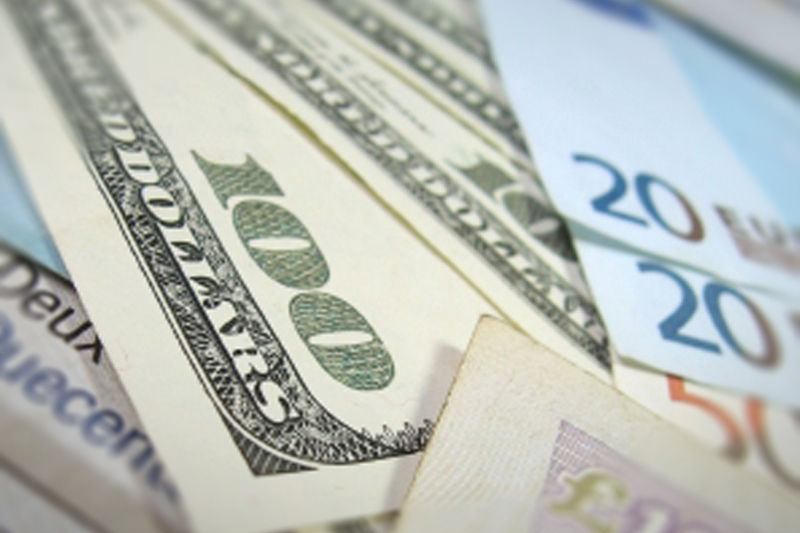Investing.com -- EUR/USD fell mildly to snap an eight-session winning streak, ahead of the start of a critical two-day Federal Open Market Committee meeting beginning on Wednesday.
The currency pair wavered between a low of 1.1284 and a high of 1.1373 before settling at 1.1316, down 0.0022 or 0.19% on the session. Last week, the euro surged to two-week highs against the dollar, amid a wave of mixed U.S. economic data, which provided further confusion on whether the Federal Reserve will raise its benchmark interest rate on Thursday. The euro still closed above 1.13 against its American counterpart on Monday for the third consecutive session.
EUR/USD likely gained support at 1.10125, the low from August 15 and was met with resistance at 1.1625, the high from Aug. 25. Over the last month of trading, the pair has risen in value by more than 1.5%.
Currency traders are hesitant to make any major trades before the FOMC issues a closely watched statement on Thursday at 2 p.m. EST, upon the completion of its September monetary policy meeting. Nearly a decade has passed since the U.S. Central Bank has raised its benchmark Federal Funds Rate. The rate, which banks use to lend to other institutions on overnight loans, has remained at its current level between zero and 0.25% since December, 2008.
In recent months, Fed chair Janet Yellen has indicated that the FOMC will take a "data-driven approach," to policy normalization, placing a strong emphasis on the strength of the economy and labor markets, as it weighs the decision. In August, U.S. nonfarm payrolls increased by 173,000, below consensus estimates of a 223,000 gain. The unemployment rate, however, fell to 5.1%, its lowest level since April, 2008, prior to the start of the Financial Crisis.
The Fed also reportedly remains concerned that weakness in the Chinese economy could have a spillover effect onto the global markets at large, possibly forcing it to keep the Fed Funds Rate at its current zero-bound level. Over the weekend, the Chinese government released disappointing data, illustrating that factory production and fixed-asset investment last month were both weaker than expected. The latest data provide further indications that the world's second-largest economy might fail to meet its annual growth target expectation of 7% for 2015.
Yields on U.S. 10-Year Treasuries on Monday fell more than eight basis points to 2.183%. At one point, bond yields dipped to 2.164%, its lowest level over the last six sessions.
The U.S. Dollar Index, which measures the strength of the greenback versus a basket of six other major currencies, gained more than 0.10% on Monday to an intraday high of 95.62, before falling back to 95.42 at the close.
